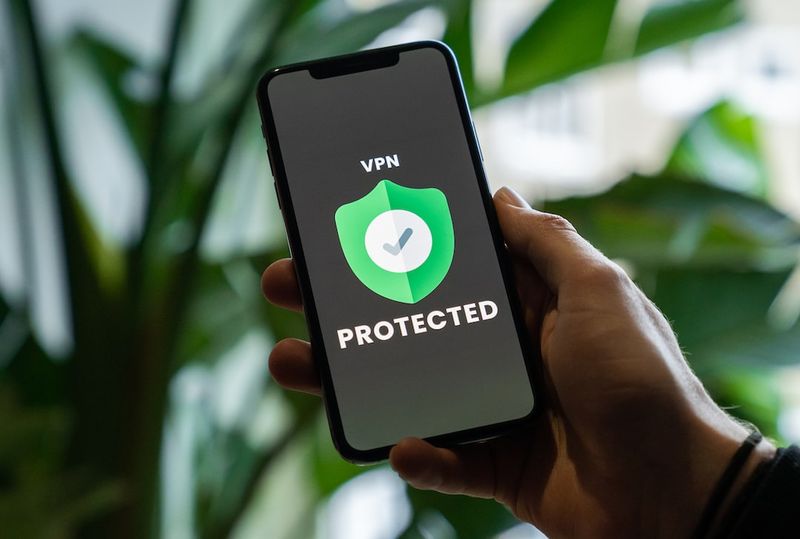The Rise of Hassle-Free and Secure Authentication
Introduction
The prevalence of compromised credentials in web application security has underscored the need for more effective methods of authentication. Passwordless authentication is emerging as a promising solution, offering improved security, convenience, and user experience. In a recent interview with Sean Frazier, federal chief security officer at Okta, the advances and use cases of passwordless authentication were discussed. This article will delve into the evolution of multi-factor authentication (MFA), the growing adoption of passwordless techniques, and the future of authentication.
The Weaknesses of Passwords
Passwords have been the primary method of authentication for decades. However, the modernization and digital transformation of our systems have made weak credentials more susceptible to exploitation by attackers. Frazier notes that over the past 10 to 15 years, the internet and cloud connectivity have opened the door for adversaries to access and misuse credentials. This vulnerability has led to a significant increase in breaches caused by compromised passwords.
The Rise of Multi-Factor Authentication (MFA)
To address the weaknesses of passwords, multi-factor authentication (MFA) has evolved as an additional layer of security. MFA requires users to provide multiple forms of verification, such as a password, a fingerprint scan, or a one-time passcode, ensuring that even if one factor is compromised, the account remains secure. The adoption of MFA has accelerated, particularly as remote work and digital transformation have become more prevalent, a trend further intensified by the COVID-19 pandemic.
The Role of Passwordless Authentication
Passwordless authentication is gaining momentum as a more seamless and secure alternative to traditional password-based authentication. By eliminating the need for passwords, organizations can improve user experience and mitigate common password-related issues, such as forgotten or weak passwords. Instead, passwordless techniques utilize methods like biometric authentication (e.g., fingerprints or facial recognition), hardware tokens, or email/SMS verification codes to verify the user’s identity.
The Adoption of Centralized Single Sign-On
To streamline authentication processes and enhance security, organizations should consider implementing centralized single sign-on (SSO) capabilities. This approach allows users to authenticate themselves once and gain access to multiple applications seamlessly. By securing applications behind a secure SSO capability, organizations can reduce the risk of credential compromise and improve overall security.
The Shift Towards Passwordless Authentication
Both industry and government sectors are driving the transition towards passwordless authentication. The removal of friction, the enhancement of user experience, and the improved security offered by passwordless techniques are key factors contributing to improved user adoption. Organizations that have embraced passwordless authentication and adopted a centralized identity model have seen significant improvements in both security and usability.
The Future of Authentication
Looking ahead, organizations are envisioning the next 20 years of authentication, seeking more robust security measures while maintaining usability. The move towards passwordless authentication is expected to continue, with advances in biometrics, hardware tokens, and other innovative authentication methods. The adoption of these technologies, coupled with the integration of AI and machine learning, will further enhance the security and convenience of authentication processes.
Editorial: Embracing the Future of Authentication
Addressing the Vulnerabilities of Passwords
The vulnerabilities inherent in traditional password-based authentication have become increasingly evident in recent years. Breaches caused by compromised credentials have wreaked havoc on organizations and individuals alike. It is high time we move away from passwords and embrace more secure and convenient authentication methods.
The Benefits of Passwordless Authentication
Passwordless authentication offers a myriad of benefits that cannot be overlooked. By eliminating passwords, organizations can enhance security by reducing the risk of credential compromise and the need for users to create and manage multiple complex passwords. Additionally, the removal of passwords improves user experience, eliminating the frustration caused by forgotten passwords and the need for frequent password resets.
The Importance of User Experience
User experience is a critical aspect of authentication. The more friction introduced into the authentication process, the more likely users are to resort to insecure practices, such as reusing passwords or choosing weak ones. Passwordless authentication not only provides enhanced security but also improves user convenience, ultimately encouraging the adoption of secure authentication practices.
Advice for Organizations
Organizations should seriously consider implementing passwordless authentication and centralized single sign-on capabilities. By doing so, they can bolster security, streamline user access, and enhance the overall user experience. It is crucial to stay up-to-date with the latest authentication trends and technologies, partnering with reputable vendors to ensure the adoption of the most robust and effective methods.
Embracing a Secure Future
In today’s digital landscape, where cyber threats continue to evolve, it is imperative to prioritize authentication methods that offer both security and convenience. Passwordless authentication provides a promising solution, enabling organizations to protect their data and users while simplifying the authentication process. As we envision the future of authentication, it is crucial to embrace these advancements and defend against the vulnerabilities associated with traditional passwords.
Disclaimer
This article was produced as part of a partnership between The New York Times and Okta. The views expressed in this article are solely those of the author and do not necessarily reflect the views of The New York Times or Okta.

<< photo by Privecstasy >>
The image is for illustrative purposes only and does not depict the actual situation.
You might want to read !
- Moving Beyond the Headlines: Analyzing the Widespread Fallout of the MOVEit Hack
- MOVEit Hack: Assessing the Far-Reaching Impact on Over 340 Organizations
- State-Sponsored Cyberattacks: How JumpCloud Uncovered a Targeted Campaign
- Why CFOs and CISOs Need to Forge a Strong Alliance in Times of Economic Downturn
- C-Suite Leaders: Unveiling the Power of XDR




